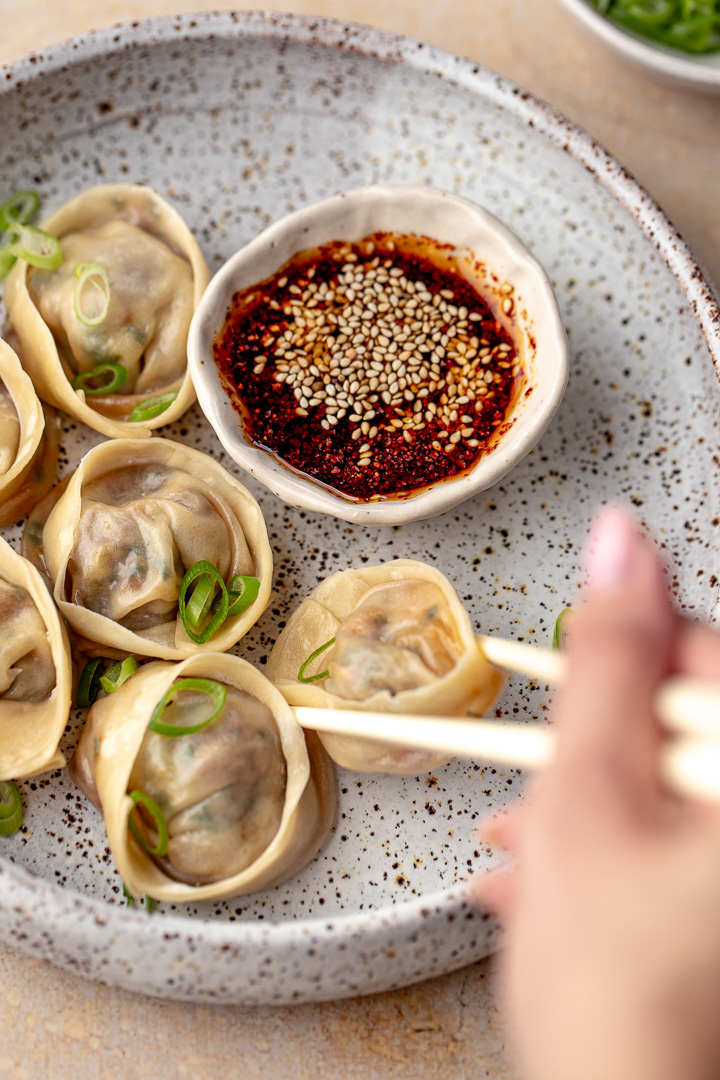
These beef and kimchi mandu are the perfect filling combination: juicy and flavourful perfect steamed, boiled or fried.
Lately I've been reading a book all about dumplings. I'd rank dumplings in my top 3 favourite foods. When I think of dumplings, my first thought is jiaozi, or Chinese dumplings, but almost every culture has their own version of this dish. So I'm on a mission to create as many of them as I can. Starting with these beef and kimchi mandu.
Mandu boast a rich history dating back centuries. First introduced to Korea during the Three Kingdoms period, originally they were reserved for special occasions and rituals. However, as trade flourished along the Silk Road, culinary influences spread, and mandu became a staple in Korean cuisine. Throughout Korean history, mandu evolved with various regional and cultural influences. From royal courts to street stalls, the fillings diversified, ranging from meat and vegetables to seafood and tofu. Today, mandu remains as an incredibly popular dish, representing an essential part of Korean culinary heritage and culture.
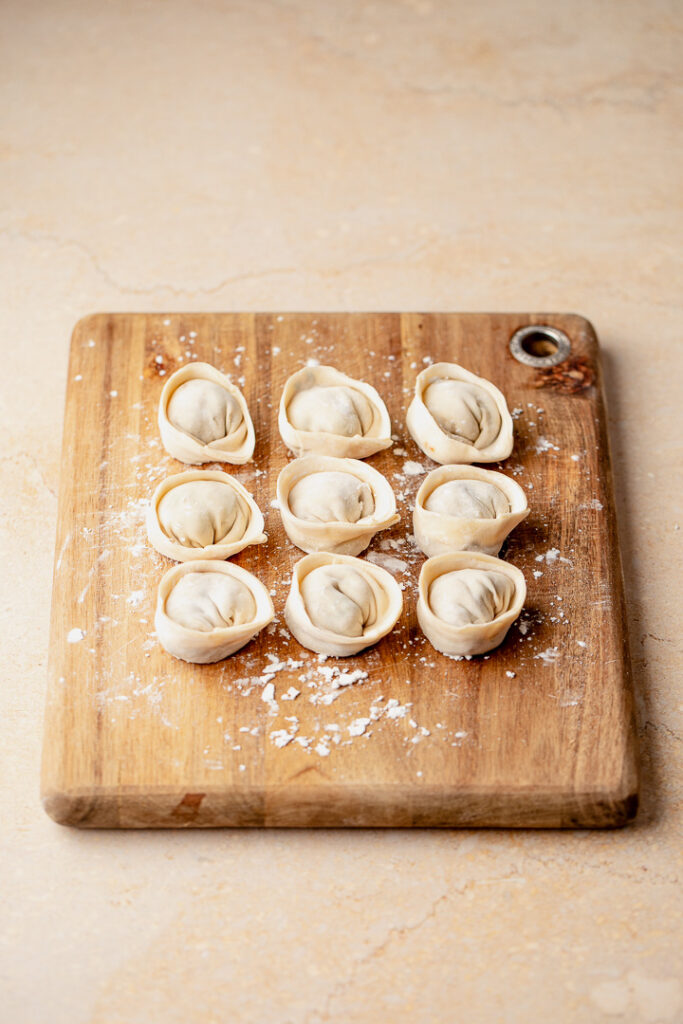

Common fillings
- Pork: one of the most popular fillings for Korean mandu. It's often mixed with various seasonings and vegetables.
- Beef: another favourite, offering a rich and hearty flavour.
- Kimchi: this variation is filled with spicy fermented cabbage and sometimes combined with pork or other ingredients.
- Vegetables: a delicious option for vegetarians or those looking for a lighter, healthier filling. Common vegetables used include spinach, mushrooms, carrots, and onions.
- Seafood: usually shrimp, squid, or other seafood delicacies.
- Tofu: this is a softer and milder option, often combined with vegetables and seasonings.
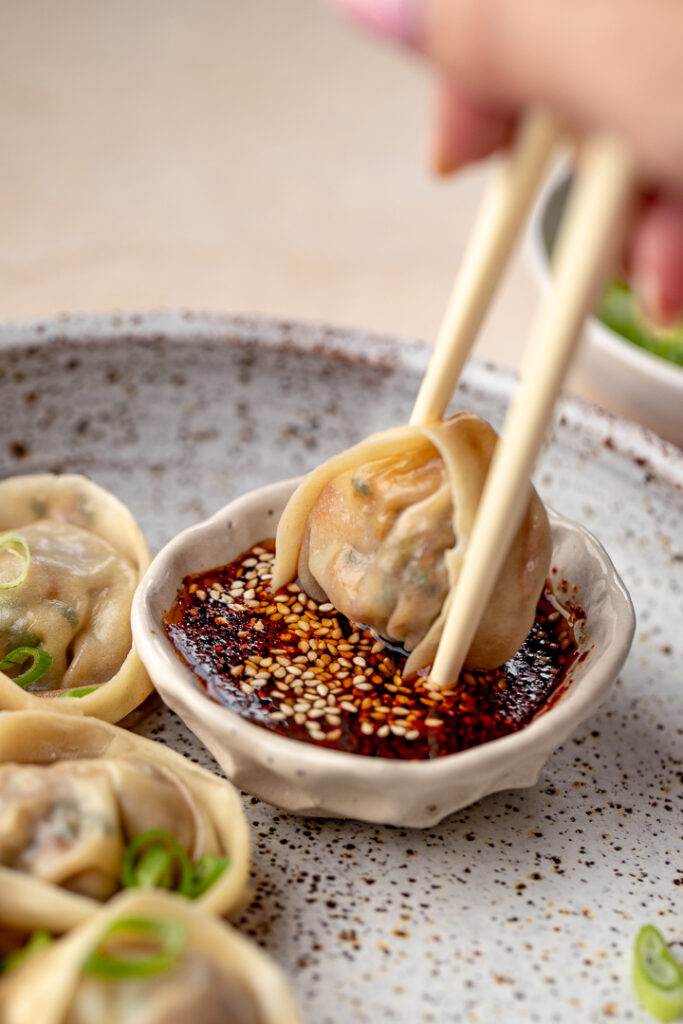
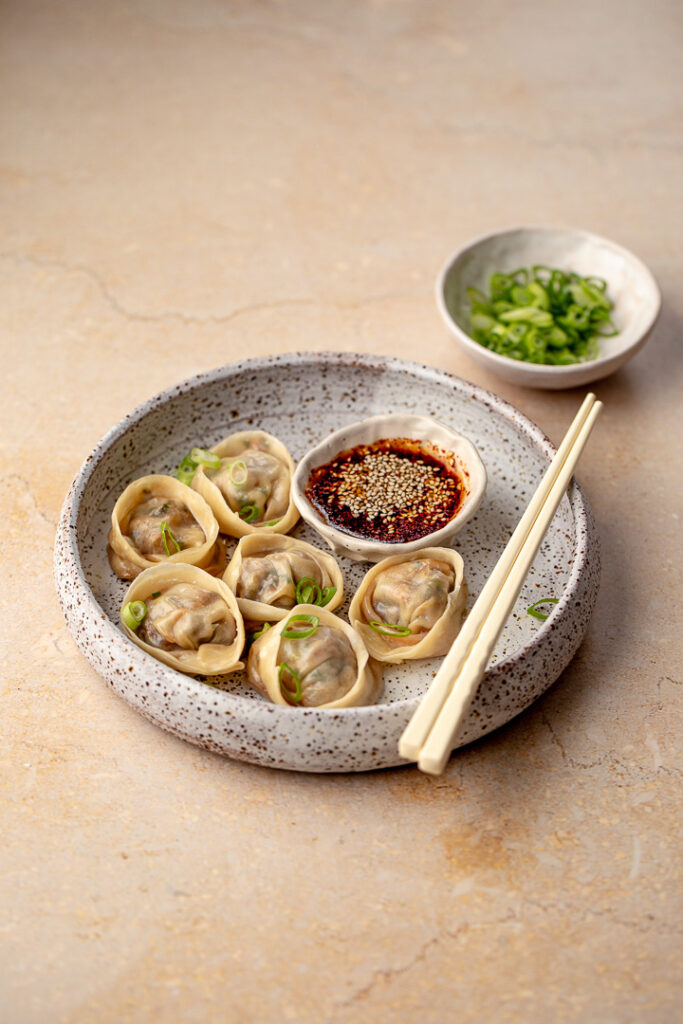
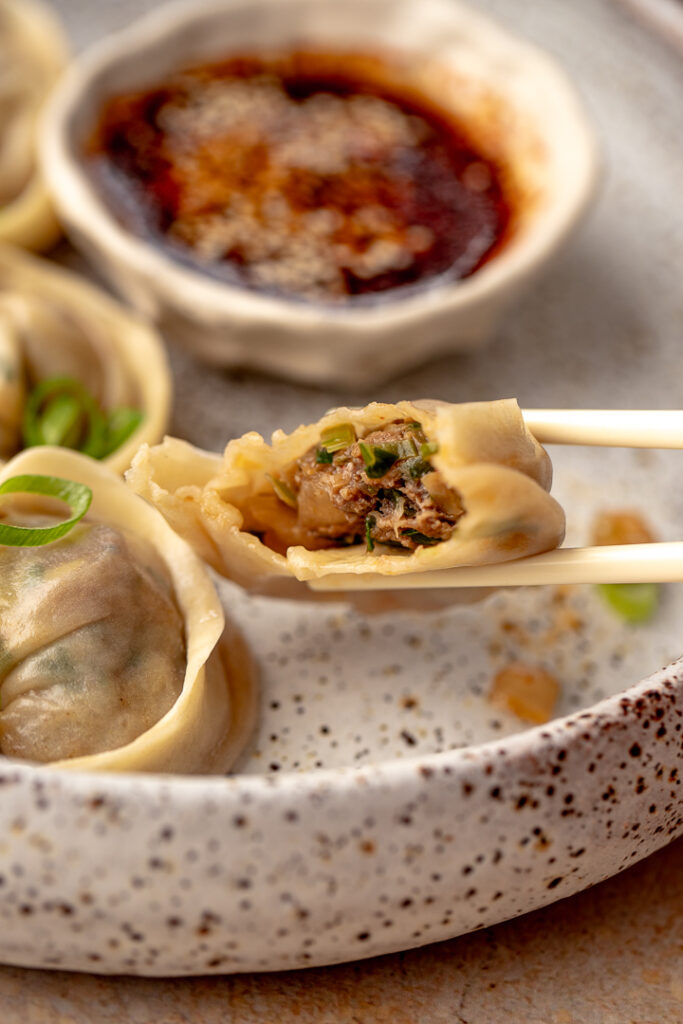
Watch the video here. If you make these, don't forget to tag me on TikTok or Instagram. I love to see it!
If you're looking for more dumplings to make, try my siu mai or spinach and ricotta gnudi.

Beef and Kimchi Mandu
Ingredients
Wrappers
- 200 g all purpose flour
- 1 teaspoon salt
- 100 mL water
- Potato starch or cornflour for dusting
Filling
- 200 g beef mince
- 100 g cabbage kimchi, chopped (½c)
- 20 g chives finely chopped
- 20 g spring onions finely chopped (1 stalk)
- 1 cloves garlic minced
- 1 teaspoon ginger grated
- ½ tablespoon soy sauce
- ½ tablespoon sesame oil
Instructions
For the dumpling wrappers:
- Add flour and salt into a bowl. Pour over water and mix gently to combine. Turn out onto a floured surface and knead until smooth. Wrap in plastic wrap and set aside for 20-30 minutes at room temperature.
- Dust your board liberally with potato starch or corn flour. Divide dough into 20 equal portions (approximately 15g each).
- Using a small rolling pin, roll out into a rough circle until about 10-11cm in diameter. Repeat with remaining dough balls, dusting with potato starch in between to stop them sticking.
- Stack five dumpling wrappers on top of each other and use a 9cm cookie cutter dusted with potato starch to cut them into perfect circles. Repeat with all the wrappers.
To make the filling:
- In a large bowl add beef mince, chopped kimchi, chives, spring onions, garlic, ginger, soy sauce and sesame oil. Stir well until mixture is sticky in texture.
- Scoop approximately one tablespoon of filling into the centre of a dumpling wrapper. Dab one half with water and fold into a semi circle, pressing down to remove any air. Dab the back of one corner with water and fold both corners together, creating a little hat shape. Repeat with remaining filling and wrappers.
- Heat water in a fry pan until boiling rapidly. Place mandu into a lined bamboo steamer. You may have to do this in 3-4 batches, depending on the size of your steamer basket. Cover with the lid and place over the boiling water. Steam for 6-8 minutes.
- Serve immediately. For a dipping sauce, combine one part soy sauce to two parts black vinegar, a teaspoon of sesame oil, half a teaspoon of chilli flakes and half a teaspoon of roasted sesame seeds.
Notes
- If you're opting for store-bought wrappers, select gow gee or gyoza wrappers.



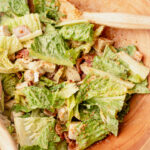


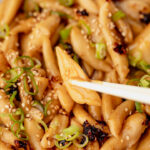

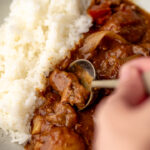
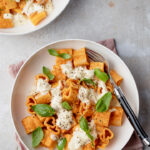
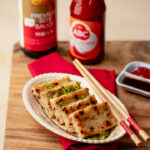

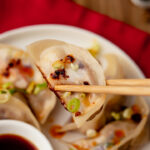

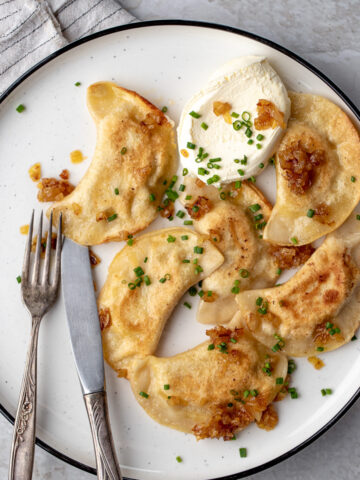
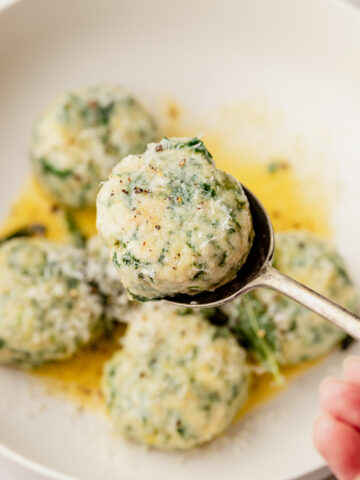
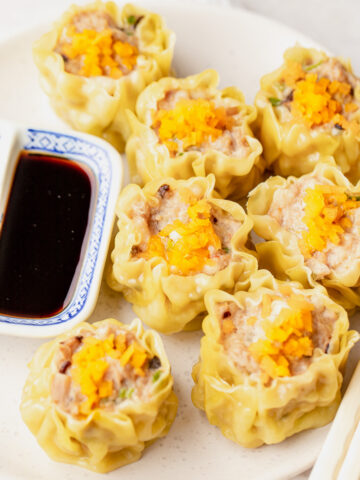
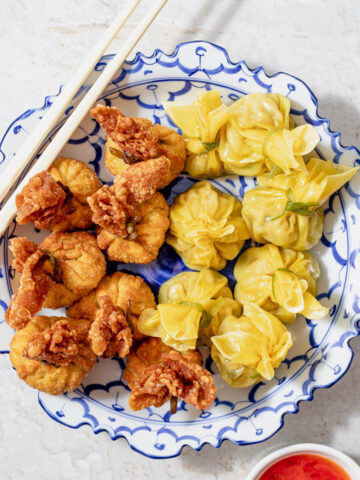
Leave a comment